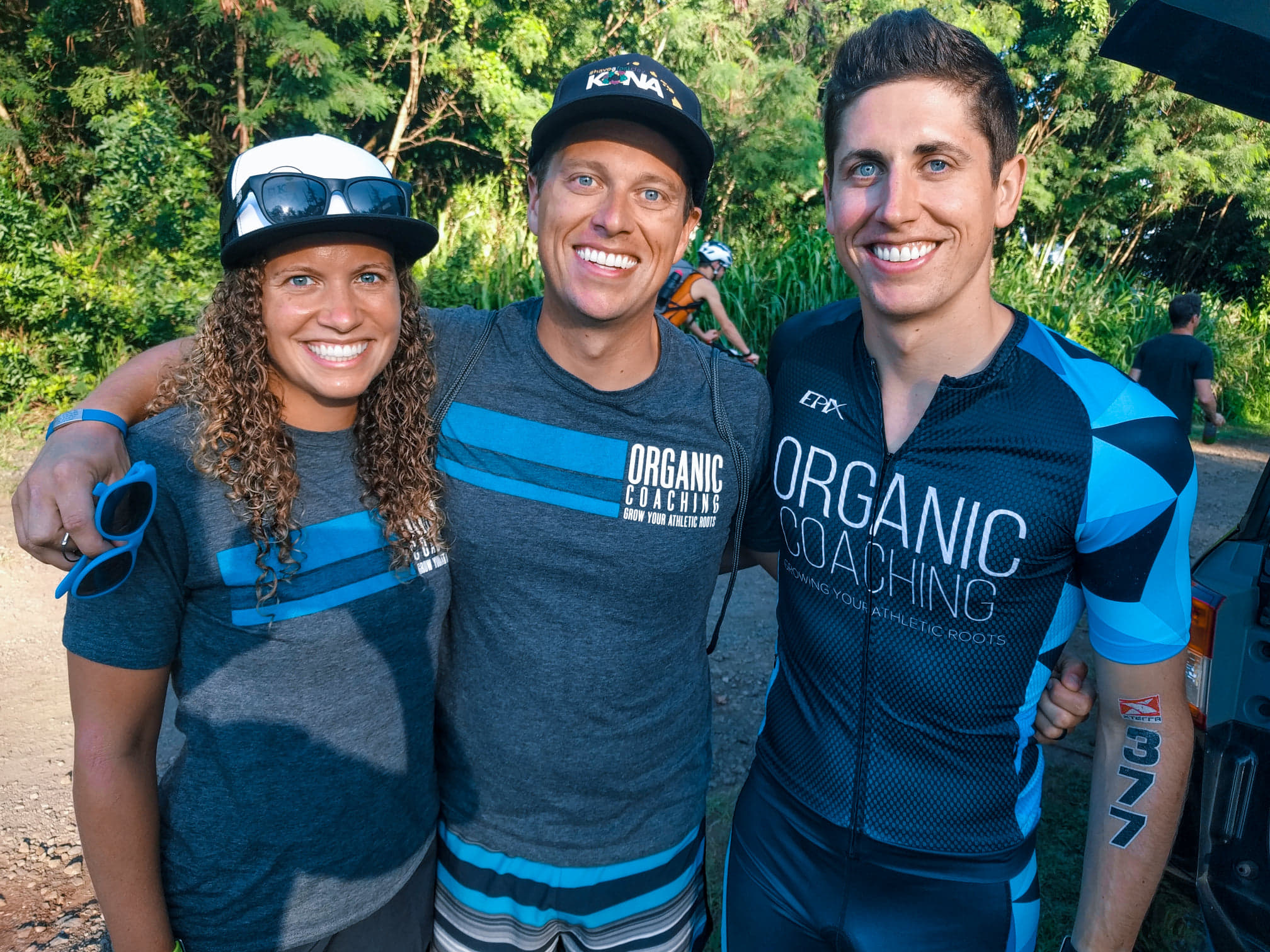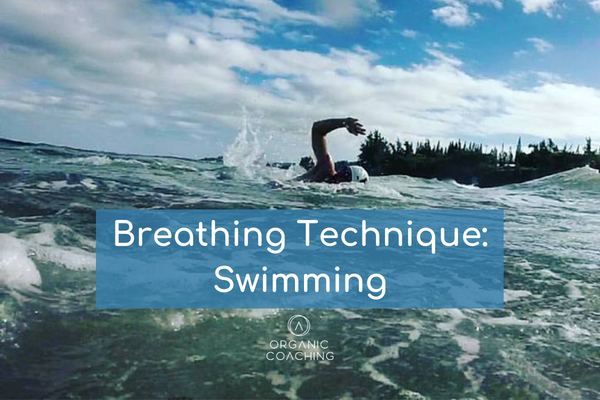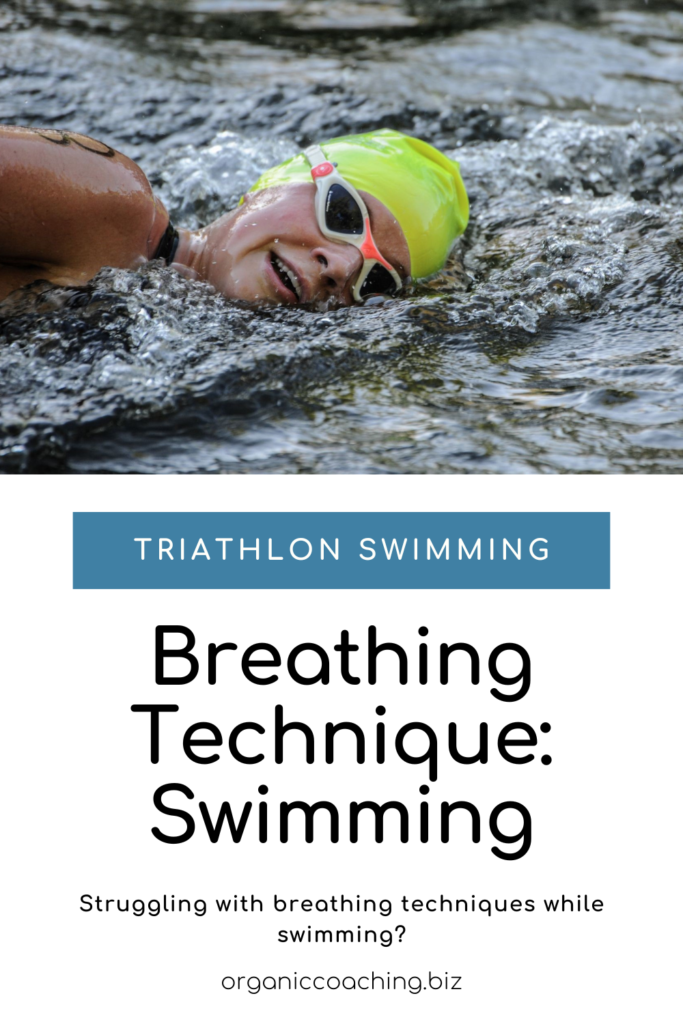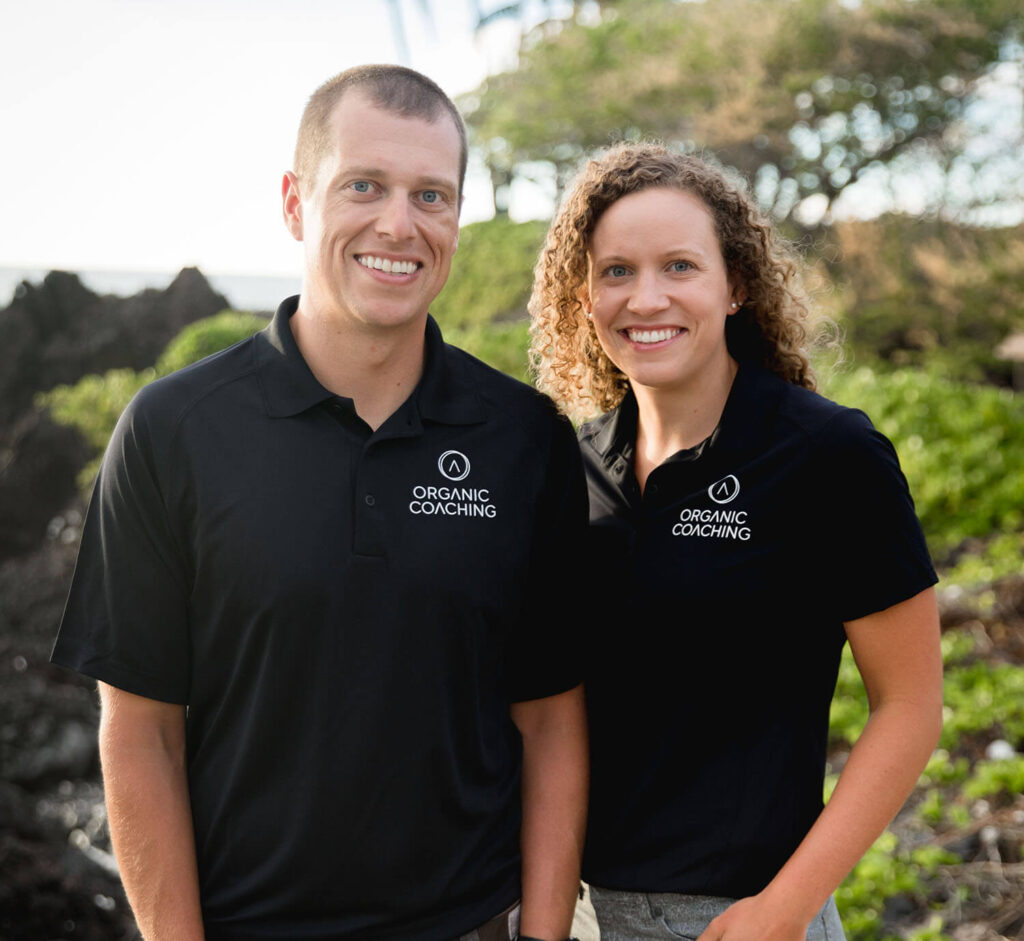

Proper breathing techniques can lead to better body position and enhanced performance. So in honor of proper breathing technique while swimming, biking, and running we are going to do a three-part series focusing on proper technique in each sport. This week we will focus on the swim.
A good breathing technique can help eliminate bad swim form such as a “scissor kick” caused by lifting too much of your head out of the water or taking too long of a breath. An improper breathing technique can also cause an arm crossover (Coach Jason talked about this just recently) or a lopsided stroke.
First, let’s start with the breath exhale underwater. For a beginner and intermediate swimmer, this is a challenging skill to incorporate. You should be able to exhale the whole time your face is underwater steadily. Exhaling can happen from your mouth, nose, or both it doesn’t matter. When you are at the pool take a look at some of the other swimmers breathing techniques. If you see a small spray when they lift their head out of the water to take a breath. There is a good chance they are exhaling late in the stroke and still pushing air out when lifting their mouth out of the water for a breath in. This leads to a longer breath time, resulting in arm crossover, scissor kicking, and a less relaxed feeling in general.
Now onto the inhale. When inhaling head position is important, to take a breath you do not need to lift your whole head out of the water. In fact, the freestyle swim position creates an air pocket or dip in the water next to your head so you don’t need to lift your whole face out of the water. When taking a breath keep one eye in the water and your mouth out. With proper body position, you will be able to breathe into the “pocket” while only rotating your head a little. Proper technique and finding the pocket to breathe in eliminates over-rotating of the head and body, eliminating arm crossover, lower body drag, and scissor kicking.
Spending time during the warmups and cooldowns focusing on good body position and breathing will make you an even faster, smoother, and more efficient swimmer. In addition, if you are not a bilateral breather this is a good time to work on the skill. Learning to breathe on both sides makes your stroke more symmetrical and helps with tracking straight through the water.
READ MORE: Triathlon Swim Tip For Beginners


Carly and Tyler Guggemos built Organic Coaching in 2014 with a simple philosophy that works. The idea is to take what you have and grow it to get faster, fitter and stronger. And to do it with the time you have – not the time you wish you had.

For athletes who are ready to take their training to the next level while still thriving and succeeding in their professional and family life.
Copyright © 2024 Organic Coaching LLC